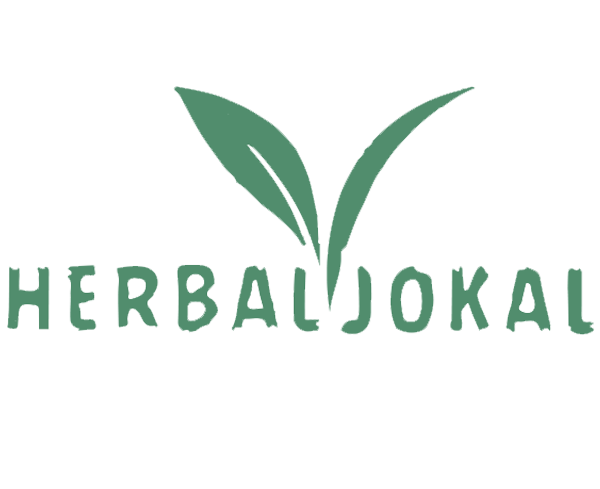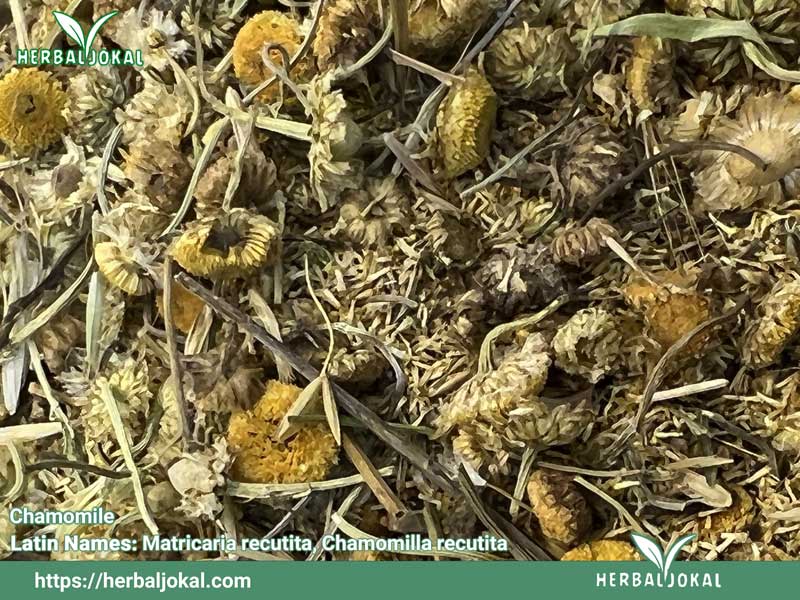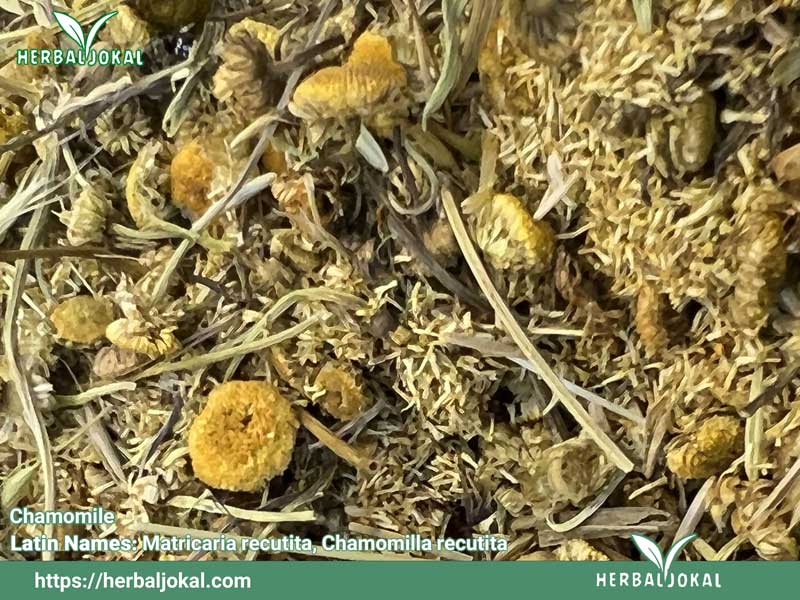Region
chamomile plants This type of plant grows widely and with high quality in different regions of Iran, and according to the global approach and the importance of organic and biological products, we are trying to maintain the health of the ecosystem, we will use organic plants and in the ecological production and management system in We do our best to improve the quality and quantity of the product.
In Iran, it grows widely in the northern regions, as well as in Khuzestan (Dezful and Shushtar) and in Fars (Kazron). This plant is cultivated in Isfahan, Lorestan, Chaharmahal, Bakhtiari and Tehran. Also, Chamomile flowers in April every year in Iran, especially in the north of Khuzestan province and the plains around Andimshek city, take on an exemplary appearance.
Talented and suitable areas for chamomile cultivation in Iran are the provinces of Isfahan, Lorestan, Kermanshah, North and Northeast Khuzestan, East and West Azerbaijan, Zanjan, North Qazvin and North Khorasan. In these areas, the necessary facilities, including basic inputs and ecological needs, are available for the organic production of chamomile. This species of amazing plant, while adapting to the ecological conditions of these regions, is considered one of the important plants in the cold and semi-cold regions of the country due to its tolerance of harsh conditions and abiotic stresses and low water requirements.
We strive to source and produce the best organic and pure Chamomile plant and sell it to our customers around the world with excellent quality and reasonable price with the following benefits:
– Offices in Oman, USA, and Iran.
– US Bank account
– Product Packaging customization
– Quality Assurance, in compliance with industry standards
– Free product samples
– Mutiple shipment methods:
FOB, CFR, DAP, CIF.
Chamomile has been used as an herbal remedy since the time of Hippocrates, the father of medicine, in 500 BC. The list of conditions for which it’s been used is extensive. It includes fever, headaches, kidney, liver, and bladder problems, digestive upset, muscle spasms, anxiety, insomnia, skin irritations, bruises, gout, ulcers, rheumatic pain, hay fever, inflammation, hemorrhoids, colic, and menstrual disorders. The generic name, Matricaria, comes from the Latin matrix, meaning womb, because chamomile was used historically to treat disorders of the female reproductive system. Germans refer to chamomile as alles zutraut, meaning capable of anything. Indeed, chamomile was considered such a panacea or cure-all that one writer described it as “the medical duct tape of the pre-MacGyver days.”
In modern times, chamomile is mostly taken orally to help with insomnia, anxiety, and digestive upsets, though it’s also being investigated as a possible treatment for diabetes. It’s also used topically to quell skin conditions and to help with wound healing. The research, however, isn’t strong for any of these purported benefits because chamomile hasn’t been well studied in people.
Some of the purported benefits of chamomile likely stem from the fact that the essential oil and flower extracts derived from chamomile contain more than 120 chemical constituents, many of which are pharmacologically active. They include chamazulene (an anti-inflammatory), bisabolol (an oil with anti-irritant, anti-inflammatory, and anti-microbial properties), apigenin (a phytonutrient that acts as a strong anti-inflammatory, antioxidant, antibacterial and antiviral), and luteolin (a phytonutrient with potential anti-oxidant, anti-inflammatory, and anti-cancer activity). Whether as a result of these compounds or others, research shows chamomile possesses properties that can help ease inflammation, spasms, and flatulence, promote calm and sleep, and protect against the bacteria that cause stomach ulcers.
What Is Chamomile Used For?
Chamomile may be best known as a sleep aid, but the strongest evidence for the herb suggests it might be helpful for anxiety. Here’s a look at current evidence.
Insomnia
Chamomile is one of the most widely used alternative therapies for promoting sleep and treating insomnia. However, despite its reputation as an herb that facilitates sleep, there’s little solid research supporting its effectiveness. Interestingly, despite the fact that it approved the use of chamomile flower preparations for a host of other purposes—including gastrointestinal spasms and bacterial skin diseases—in 1984, Commission E, Germany’s counterpart to the U.S. Food and Drug Administration, did not grant approval for it as a sleep aid due to the lack of published research in this area.
The few human studies that have been conducted are small, have design flaws (for instance, no control group), and show mixed results. For instance, in a 2011 study, 17 people with insomnia took 270 milligrams of chamomile extract twice daily (an amount that could only be achieved in a concentrated extract, not a tea) for a month and also kept a sleep diary. When researchers compared their diaries to those who took a placebo, they found no significant difference in how fast patients fell asleep or how much sleep they got.
In contrast, a 2017 study of 77 older people in nursing homes found a significant improvement in sleep quality when participants were given 400-milligram capsules of chamomile twice a day for four weeks, compared to those who didn’t receive any treatment. Similarly, when researchers in a 2016 study randomized 40 women who had just given birth to drinking one cup of chamomile tea a day for two weeks, they scored significantly lower compared to a control group that didn’t drink the tea when it came to both sleep problems and symptoms of depression. However, the improvement went away four weeks after the women stopped drinking the tea, suggesting the positive effects of chamomile are limited to the short term.
Anxiety
Research has shown chamomile to have meaningful benefits when it comes to reducing anxiety and the Natural Medicines Comprehensive Database, which rates the effectiveness of natural remedies based on scientific evidence, says chamomile is possibly effective for anxiety.
The first controlled clinical trial of chamomile extract in 2009 found it may have a modest anti-anxiety effect in people with mild-to-moderate general anxiety disorder, one of the most common anxiety disorders. Participants took 200 milligrams to 1,100 milligrams of chamomile a day for eight weeks. A 2016 study found that taking 500 milligrams of chamomile extract three times a day for 12 weeks significantly reduced moderate-to-severe symptoms of generalized anxiety disorder, one of the most common anxiety disorders. In addition to soothing anxiety, research shows chamomile extract may also have antidepressant effects as well.
Digestive Issues
Preliminary studies suggest that chamomile inhibits Helicobacter pylori, the bacteria that can contribute to stomach ulcers. Chamomile is believed to be helpful in reducing smooth muscle spasms associated with various gastrointestinal inflammatory disorders like inflammatory bowel disease, though research is needed to confirm that use.
An animal study from 2014 showed that chamomile extracts have strong antidiarrheal and antioxidant properties when given to rats in a dose-dependent manner against castor oil-induced diarrhea and intestinal fluid accumulation.
A 2015 study on more than 1,000 patients with acute diarrhea found that a commmercial product containing a combination of myrrh, coffee charcoal, and chamomile flower extract is well tolerated, safe, and as effective as conventional therapies.
Wound Healing
Topically applied chamomile may be able to speed wound healing. Studies show that substances in chamomile can kill viruses and bacteria, including Staphylococcus aureus, the cause of staph infections, reduce inflammation, and prevent and treat the growth of ulcers.
One preliminary study that compared chamomile and corticosteroids for treating ulcers in test tubes and animals concluded that chamomile promotes faster wound healing: Animals treated with chamomile exhibited complete wound healing nine days before animals treated with corticosteroids.
Chamomile helped heal wounds in humans as well. In one small study that investigated the efficacy of a combination of lavender and chamomile essential oil on patients with chronic leg ulcers, researchers reported that four of the five patients in the chamomile and lavender oil group had complete healing of the wounds with the fifth patient making progress towards a recovery. Chamomile also proved superior to applying one percent hydrocortisone ointment in healing skin lesions after a surgical procedure in another study. Wounds treated by applying a chamomile compress for an hour once a day healed five to six days faster than those treated with hydrocortisone once a day. Still, more studies are needed.
Eczema
Chamomile is often used to treat mild skin irritations, including sunburn, rashes, sores, and even eye inflammations, but its value in treating these conditions needs more research.
Topical applications of chamomile have been shown to be moderately effective in the treatment of eczema. In one partially double-blind trial carried out as a half-side comparison, a commercial chamomile cream showed a mild superiority towards a low-dose .5 percent hydrocortisone and a marginal difference compared to the placebo.
Diabetes
Some studies have found that chamomile tea can lower blood sugar in people with diabetes. In one study, 64 participants that consumed chamomile tea three times a day after meals for eight weeks saw a statistically significant decrease in markers for diabetes as well as total cholesterol compared to people who drank water. It also exhibited some anti-obesity activity. While chamomile may be a helpful supplement to existing treatments, researchers noted that larger and longer studies are needed to evaluate the usefulness of chamomile in managing diabetes.
Oral Health
Some preliminary studies that evaluated the efficacy of chamomile mouthwash found that it significantly reduced gingivitis and plaque in comparison to controls, probably because of its antimicrobial and anti-inflammatory activities.
Other Potential Health Benefits
The following health benefits of chamomile tea are mostly anecdotal and not supported by scientific research:
- Boosts immune health: Chamomile tea is often promoted as a strategy for preventing and treating the common cold, but evidence for this is lacking. It has also been said to be soothing for sore throats.
- Relieves anxiety and depression: There is some evidence that chamomile may reduce the severity of anxiety and depression, but this is mostly based on using it as an aromatherapy or taking it as a supplement.
- Improves skin health: It has been reported that applying chamomile to the skin via cosmetic products, such as lotions, eye creams and soaps, may be moisturizing and helpful for reducing skin inflammation.
- Prevents bone loss: Some claim that chamomile tea may play a role in preventing bone loss that leads to conditions like osteoporosis. However, evidence for this is weak
What are the benefits of chamomile oil?
The use of chamomile has been described in medical texts from ancient Egypt, Greece, and Rome. Over the centuries, it’s been used for:
- digestive upset, such as indigestion, nausea, or gas
- wound healing, including ulcers and sores
- anxiety relief
- easing skin conditions like eczema or rashes
- anti-inflammation and pain relief for conditions like back pain, neuralgia, or arthritis
- promoting sleep
source:
https://www.drugs.com/mtm/chamomile.html
https://www.ishs.org/ishs-article/749_7
https://www.nccih.nih.gov/health/chamomile
https://www.verywellhealth.com/the-benefits-of-chamomile-89436
https://www.healthline.com/nutrition/peppermint-tea
https://www.medicalnewstoday.com/articles/321969#takeaway





Reviews
There are no reviews yet.